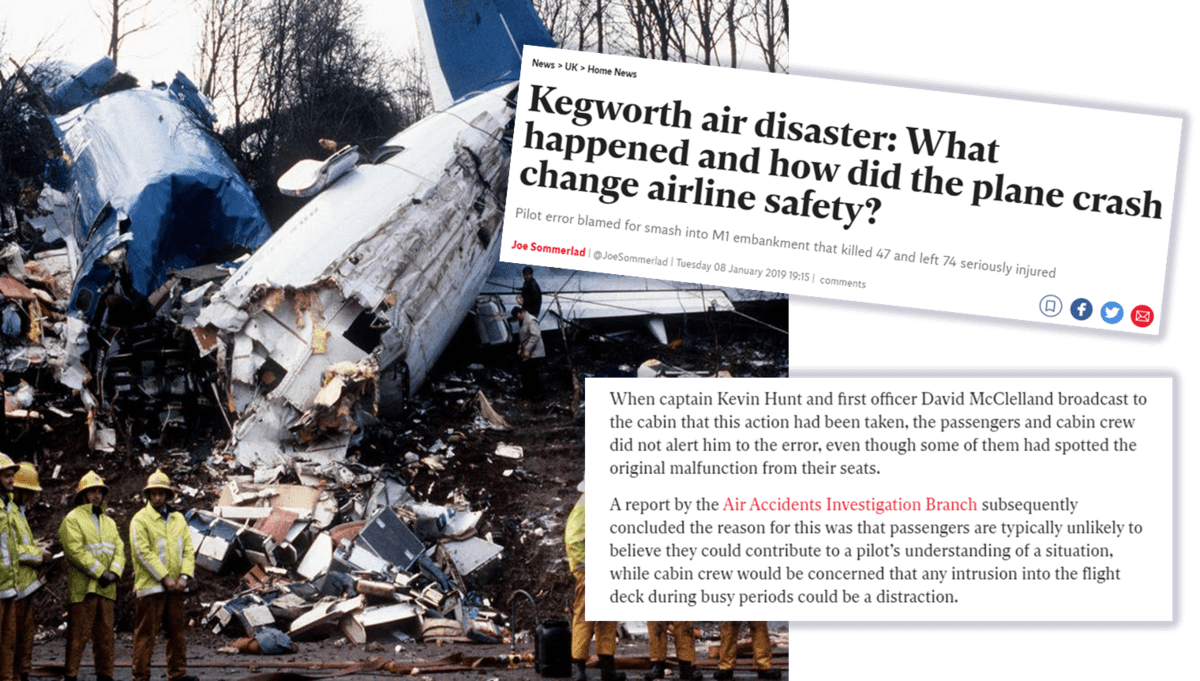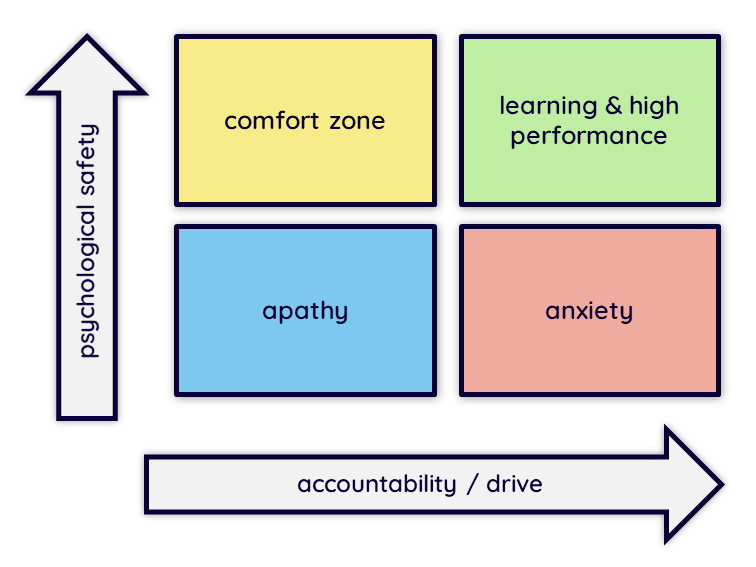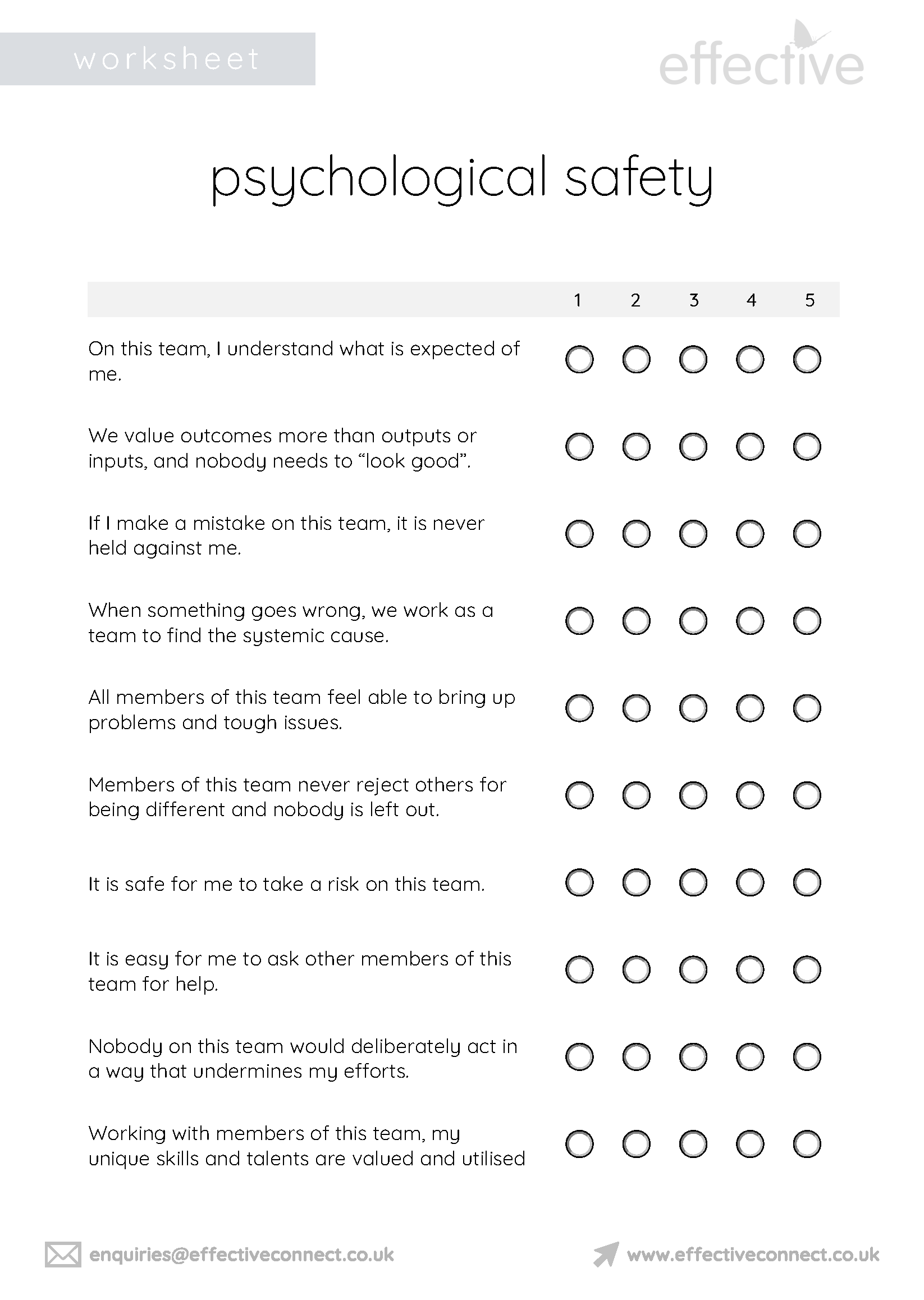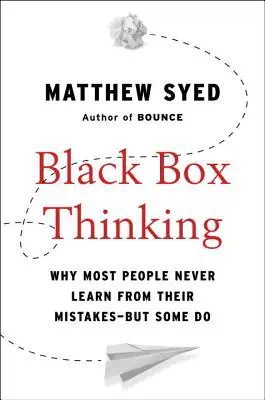
audio 1
What is psychological safety & why does it matter so much?
“Psychological Safety is a belief that no-one will be punished or humiliated for speaking up with ideas, questions, concerns or mistakes” – a definition provided by Amy Edmondson. More simply, it is everyone feeling safe to speak up.
When most of us think about safety at work, we think about our physical safety – avoiding so-called accidents, minimising physical risk, identifying and avoiding hazards. But there is another form of safety – psychological safety – to do with human feelings, fears, and being comfortable and safe, and emotionally comfortable at work, among work colleagues.
The slides provide examples where a lack of psychological safety has led poor, and sometimes fatal, outcomes.
audio 2
So the lack of psychological safety has three major consequences. Firstly, when people feel afraid to speak up, then mistakes aren’t reported, worrying concerns are not voiced, and as the examples show, disaster can follow. Secondly, creativity and innovation is stifled, for fear a new or fresh idea is not only rejected, but ridiculed. And finally, the bottom line is that increasingly people will not up with working in such an environment. They will leave, and so the organisation loses employees who in all other respects are capable and committed.
Chernobyl
The Chernobyl nuclear disaster in 1986, the trigger for which is now considered to be the unwillingness of junior control room staff to voice their serious safety concerns to an intolerant and autocratic supervisor.
Kegworth
The Kegworth air disaster of 1989, when flight 092 crashed near Midlands Airport, killing 74 passengers and crew. Although the cabin crew could see which engine was on fire, and heard the captain shutting down the wrong engine, they said nothing, for fear of being seen to criticise someone with greater authority and expertise.
"Partygate" - 2022
The recent criticism of the UK Government, and its PM Boris Johnson in particular, for allowing Government parties to take place when this was expressly forbidden, by law, for the rest of the country. In her damning report, the investigator Sue Gray mentioned that a contributory factor was the unwillingness of many Government staff to voice their concerns for fear of speaking out of turn and perhaps jeopardizing their own jobs.
Aviation Industry
And, by way of contrast, the example of the international airline community, where everyone is encouraged – even required – to report mistakes, errors or failures, for the greater good of airline, passenger and crew safety. So it is standard practice for any aircraft ‘near miss’ to be reported by pilots, and the generally psychologically safe culture is essential epitomized by the ‘black box’ recorder on every airplane, recording all technical and human cockpit activity, so that any failure can be understood and corrected.
What is psychological safety?
& why does it matter so much?
The Chernobyl nuclear disaster - 1986
Made possible by the unwillingness of junior control room staff to voice their serious safety concerns to an intolerant and autocratic supervisor.

The Kegworth air disaster - 1989
Flight 092 crashed near Midlands Airport, killing 74 passengers and crew.
Although cabin crew could see which engine was on fire, and heard the captain shutting down the wrong engine, they said nothing, for fear of being seen to criticise someone with greater authority and expertise.

"Partygate" - 2022
The UK Government and its PM Boris Johnson allowed Government parties, when this was forbidden, by law, for the rest of the country.
In her damning report, the investigator Sue Gray cited unwillingness of staff to voice their concerns for fear of speaking out as a contributory factor.

Aviation Industry
Everyone is encouraged/required to report mistakes, errors or failures as standard practice.
This psychologically safe culture is epitomized by the ‘black box’ recorder on every airplane, recording all cockpit activity, so that any failure can be understood and corrected.

audio
The performance quadrant opposite shows the relationship between psychological safety and performance. Looking at each quadrant in turn:
Bottom left:
If there is a low personal drive for performance, and poor psychological safety, the workforce will be apathetic, and unlikely to perform well.
Top left:
If there is strong psychological safety, but low drive to achieve, then people are likely to feel comfortable, and safe, but still do little to drive towards performance.
Bottom right:
If there is a high drive to perform, but low psychological safety, then there is likely to be anxiety: people want to do well, but are fearful of mistakes and criticism, and unlikely to offer new ideas that could improve performance.
Top right:
Finally, if there is high drive to perform, and high psychological safety, then these two factors are most likely to be conducive to high and sustained performance, which will include being open about mistakes and offering innovative ideas. By definition, innovation and creativity offer something new, and something challenging to the status quo. But if the culture accepts new ideas as the way forward, and welcomes both the ideas, and the opportunity to try them and fail, then everyone at all levels are encouraged to offer ideas to improve organisational performance.
At the end of this audio, take a moment to consider in which quadrant you would place yourself, your work team and the organisation as a whole…
PS & Performance
"People are not happy because they are high performers. They are high performers because they are happy."
… do you agree?

audio
Amy Edmondson, who is usually credited with putting the phrase ‘psychological safety’ into common use, has identified 3 key conditions to underpin psychological safety. They are:
- Frame failure as an opportunity for learning, not an opportunity for punishment or blame
- Accept your fallibility and admit your mistakes
- Model curiosity and ask questions (questions invite – even force – a response)
How many of these three factors do you feel are present in your team or organisation?
There are lots of different ideas and tools for measuring psychological safety, or the lack of it. For example, whether staff feel psychologically safe, and why; and to identify the factors that create or hinder such safety. As with any measuring instrument, standard warnings have to be given about confirmation bias, or distortion to please.
The diagram opposite offers a simple yet effective tool for assessing what you (or your team) feel are necessary for psychological safety to exist. Anything that you or your team think would contribute to psychological safety should be listed inside the circle; anything that reduces or removes psychological safety should be listed outside the circle.
It’s a simple to use tool, something that you can complete on your own, or perhaps better still, be used by your team, with a big circle on a flip chart or whiteboard, with everyone providing post its to go inside or outside the circle – so that everyone gets a chance to contribute, and the end result provides a quick indication of key factors, but also the extent of any consensus on those factors.
Finally, we have provided a simple to complete psychological safety questionnaire, It assesses each individual team member’s experience of 10 factors most commonly associated with psychological safety.

audio
The statements opposite are all actions that could be taken to promote psychological safety. Click on any heading to find out more information. Actions that individuals could or should take, or are responsible for, will vary depending on their role in the organisation. Open up the worksheet and have a go at matching up the action to roles. There is also some space for you to note down any additional actions that you think we’ve missed.
Set a positive example
Be a positive role model: deliver what is expected of others.
Take strong and decisive action…
… against those who behave in inappropriate ways for example, formally reporting such people and make such behaviour a discipline offence – possibly gross misconduct.
Speak out…
… against anyone behaving inappropriately – for example, be proactive and intervene immediately if someone behaves inappropriately, or if that is not appropriate in the moment, take the time and soon to speak to them privately.
Conduct regular surveys…
… to discover staff views on whether they feel psychologically safe.
Consult staff…
… on how to make the workplace more psychologically safe; what would make a difference for them?
Make a public commitment…
…to psychological safety as a core organisational value, and identify behaviours that do and don’t support such a value.
Change the culture
Take steps to establish a psychologically safe culture – for example by identifying core values that support psychological safety, and identifying the relevant value-based behaviours to be delivered by everyone; and perhaps by having regular ‘mystery shops’ to check the culture is in place.
Report inappropriate behaviour
Make it clear to all that it is a requirement to report any such inappropriate behaviour, not just to ensure action is taken, but to improve the data that will provide evidence of such inappropriate behaviour.
Step in...
… if someone is acting inappropriately with someone else.
Refuse to accept inappropriate behaviour.
If someone is not part of the solution, they are part of the problem; not to challenge is to condone.
Ensure mandatory training…
… on psychological safety for all staff, so no one has an excuse for not knowing about or supporting psychological safety.
want more?...
Building a Psychologically Safe Workplace
Amy Edmondson
Why is a psychologically safe workplace so important? Because without it weaknesses aren't addressed, failures go unreported, and creativity is stifled...watch on youtube.com
Black Box Thinking
Matthew Syed
If nothing else, rad the first chapter, showing the difference in the airline industry and the UK NHS, in reporting and dealing with fault or failure...
keep reading... open
Strategies for Learning from Failure
Amy Edmondson
Amy Edmondson's Harvard Business Review article providing the case for how individuals and organisations can and should learn from so-called 'failure'
keep reading... article website





